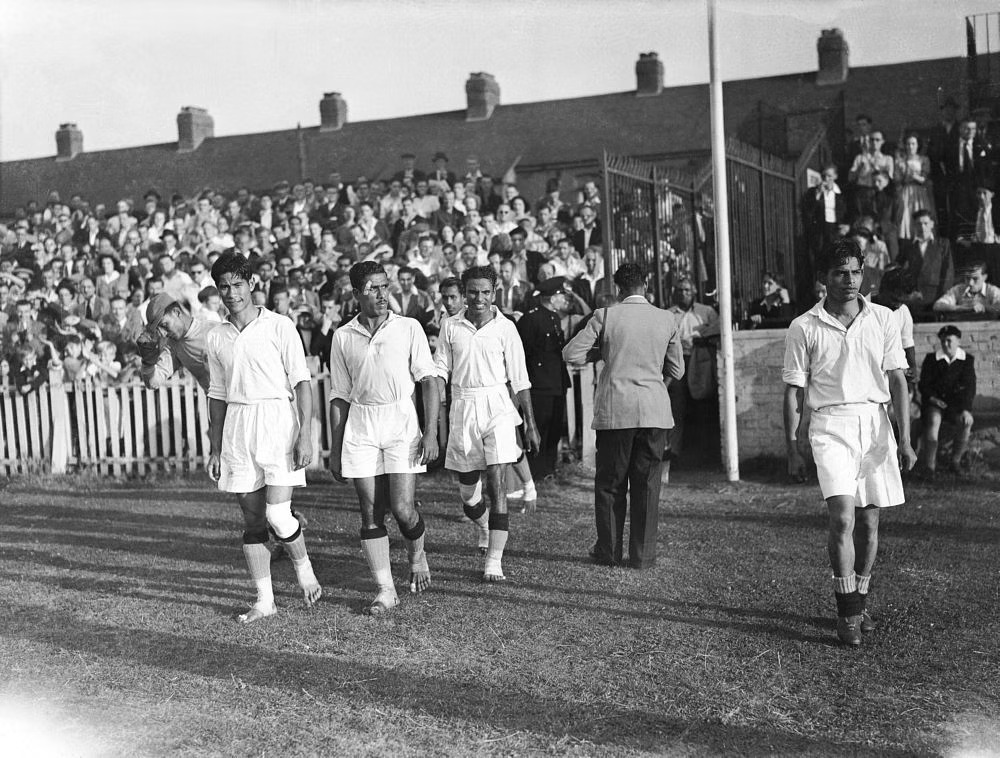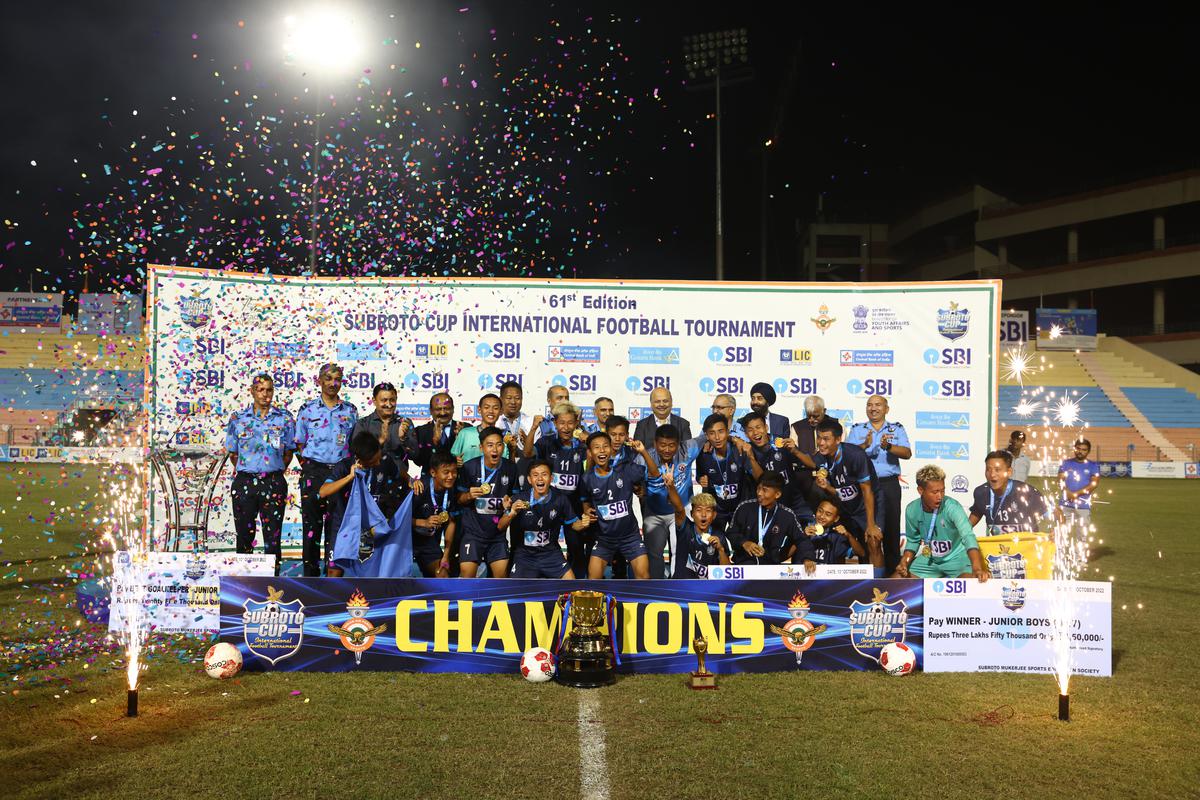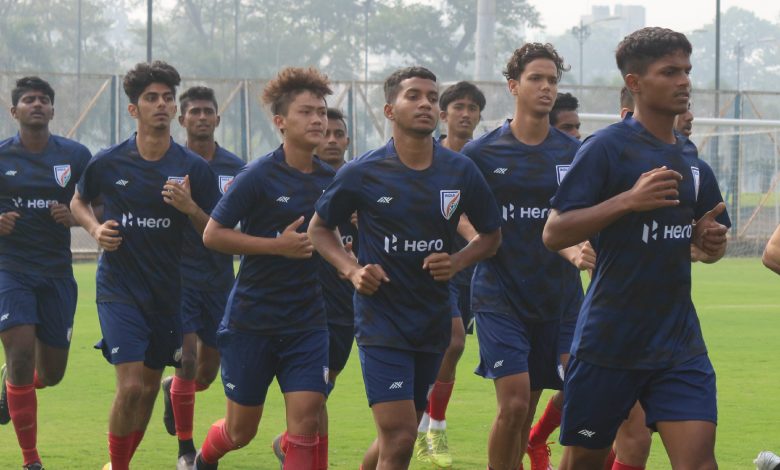Football has a storied past in the annals of Indian sports history. The game had its moments of glory as well as suffered periods of decline, but a recent resurgence of youth football promises a brighter future for this beautiful game. Football has captured the hearts of millions in our cricket-crazy nation, offering a unique narrative of the rise, fall, and eventual revival story.
The Beginnings
The starting point of the Indian football journey can be traced back to the mid-19th century when British soldiers introduced the sport on Indian soil. It quickly gained popularity and found a passionate following among local communities and clubs.
The Durand Cup, established in 1888 by Sir Mortimer Durand, still stands as one of Asia’s oldest football tournaments and is a testament to the early enthusiasm for the sport. A year after, in 1889, India’s iconic football club Mohan Bagan Sporting Club was founded which went on to achieve one of the first significant milestones for Indian football in 1911 when they defeated the British team East Yorkshire Regiment in the IFA Shield final. This victory, more than just a football match, symbolized a quiet revolt against colonial oppression. Mohun Bagan’s win became a beacon of hope, a moment when the collective aspirations of a nation were embodied on the football pitch.
The Golden Era of Indian Football
The period following India’s independence witnessed the zenith of Indian football. The national team, affectionately known as the Blue Tigers, embarked on a remarkable journey during the 1950s and 1960s. It was a time when India showcased its prowess on the international stage.
In 1948, Independent India participated in its first-ever Olympics, held in London. This marked a historic moment for Indian football. Even though India went down in the first round by narrowly losing out to France with a scoreline of 2-1, they were praised by the whole world for giving the mighty French team a run for their money. But in the 1956 Melbourne Olympics, the Indian football team surprised everyone with a fourth-place finish, an achievement that remains unparalleled in Indian Olympic history.

Youth are the Future
Having relied largely on non-intrusive organic growth, Indian Football found talent only by chance. Players who spent their childhood playing and happened to be identified by clubs often entered the pipeline until they found their way to the National Side.
1960 saw the introduction of India’s first youth football tournament, Subroto Cup. A youth school football tournament that was conceived by Indian Air Force Marshal, Subroto Mukerjee. The initial edition was a resounding success that saw over 50 schools participate in its inaugural edition. To this day the Subroto Cup continues to be organised and is India’s oldest national level school tournament in Football. The preliminary inter-school tournaments are held in every state of India starting from sub-division, district and division level culminating in the inter-school finals at the state level. The school teams, winning the state inter-school championships are then invited to participate in the main Subroto Cup Tournament at Delhi.
This tournament has since become a long-standing tradition among the sports fraternity to spot and identify talent for the national side catering to two age categories in Boys (U14, U17) and one category in Girls (U17)

Having identified the need for grooming, creating a youth set-up and youth league seemed like the obvious step, and that led AIFF to create a youth league system in 2001. The inaugural edition saw East Bengal’s U19 side crowned the champions. The competition also saw the National U16 side take part and was one of the first tournaments held with young players in mind, at a national scale. However, the success was short-lived, as the competition was only played for 3 editions and eventually scrapped due to lack of budgets.
After a 3-year hiatus, AIFF reintroduced the Youth League in 2008 for U17s and eventually extended it to U15s and U13s. Officially known as the Hero Youth League, this competition helped multiple clubs and academies across the country to train and hone youth talent, who would then be eventually picked up by some of the top clubs who would often send scouts to the final legs of the tournament.
The Indian Arrows Project
Another step in the right direction for youth football came in 2010, when AIFF decided to fund a new club called the Indian Arrows, then called the Palian Arrows. A youth football club of developmental players who would be nurtured for the national side was created, and to improve the quality of exposure, played against professional senior sides in the I-League. While this project too had a start-stop approach, the highlight of the team was its eventual participation in the U17 World Cup as the official National Side, which took place in India. With a commendable performance, the team offered a platform for a lot of youngsters who were eventually signed up by many of the ISL Clubs.

The State’s Involvement and the Current State
In the last five years, state federations have become more active, offering longer and well-organized leagues for various youth set-ups in and around the major cities. Bangalore alone has seen the number of youth teams grow from a humble 6 to almost 45 teams in each age category echoing the tremendous growth of football among India’s youth. With more teams and more infrastructure coming into play, children across the country are on average getting almost 10-20 official games in a year, thus improving the overall quality of football among youth levels.
Supplementing the federation’s efforts are various private players such as Double Pass Developmental Leagues as well as The Amateur League, that offer an additional set of tournaments for younger generations to get out and play. With these many avenues allowing for the growth of talent, it’s only a matter of time until we can find our national side in one of the greatest footballing stages in the world, the FIFA World Cup.
While so many efforts are being made, it is in football’s interest to ensure we do not get complacent, each and every player in this system has a role to play. The multiple competitions, whether public or private aid in talent development, the multiple infrastructure projects provide the necessary environment for these players to be nurtured, and the multiple organizations that help develop and educate coaches whether officially through the federation or indirectly also aid in providing better technical knowledge to develop a player. It is now up to us to join hands and march towards our common goal.











